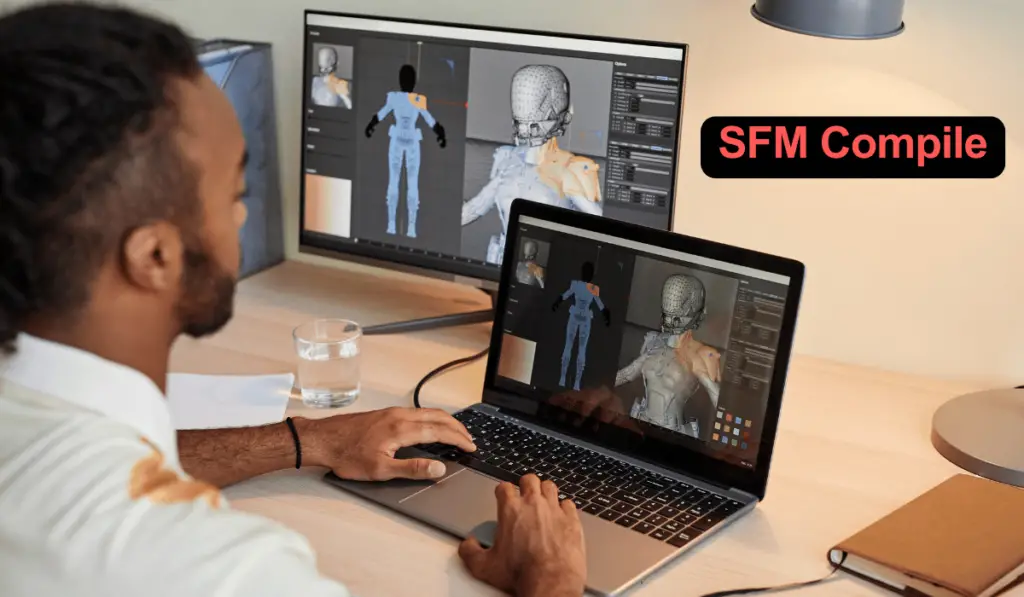So, you’ve went through hours creating the culminate scene in Source Filmmaker (SFM), as it were to hit a divider when it’s time to turn that perfect work of art into a wrapped up video. You’re not alone.Welcome to the world of SFM Compile — the secret sauce behind transforming your animated vision into a polished, playable file.
What is SFM Compile?
Understanding Source Filmmaker (SFM)
Some time recently jumping into compiling, let’s get one thing straight. Source Filmmaker is Valve’s in-house activity instrument that lets makers construct 3D movements utilizing resources from Source recreations like Group Fortification 2 or Cleared out 4 Dead. It’s worshiped for its versatility and cinematic control.
What Does “Compile” Mean in SFM?
In simple terms, compiling is the process of rendering or exporting your animation from the editor into a video format that can be watched, edited, or shared. Think of it like baking — your timeline is the raw dough, and compiling is what makes it edible.
Why Compiling in SFM Matters
Better Quality Output
When you compile, you gain access to higher resolution, better lighting fidelity, and more accurate effects. Live previews just don’t cut it when you want something crisp and cinematic.
Smoother Playback and Final Renders
Ever tried to show someone your animation straight from the editor? Choppy, right? Compiling smooths out those frames and ensures consistent playback, even on lower-end devices.
Setting Up for Compilation
Preparing Your Scene
Before you even think about compiling, make sure your animation is locked down. This means no more last-minute keyframes or changes. Get those models posed, lips synced, and timing finalized.
Camera and Lighting Tips
Good lighting and camera work can turn an average animation into a cinematic gem. Set up multiple light sources, experiment with angles, and use shadowing for depth.
Using Depth of Field and Motion Blur
These are your best friends for realism.Profundity of field makes your scene feel like it was shot with a genuine focal point, whereas movement obscure includes a sense of speed and ease.
Audio Sync Considerations
Want dialogue to feel natural? Make sure audio clips align perfectly with your animation timeline. Utilize the waveform see to coordinate phonemes with mouth developments.
How to Compile in SFM
Step-by-Step Compilation Process
Here’s your basic roadmap:
Click File > Export > Movie…
Select your output path
Choose image sequence or AVI as your format
Define your frame rate (usually 24 or 30 FPS)
Set resolution
Click Export — and boom, you’re compiling!
Render Settings Explained
Let’s unpack those settings a bit.
Frame Rate
Stick to 24 FPS for a filmic look or 30 FPS for smoother gameplay-style animations.
Resolution Options
Want HD? Go 1920×1080. Need more detail? Try 4K, but remember: higher res = longer render.
Export Formats
AVI: Fast but large files
Image Sequence: Best for editing in post
MP4: You’ll need external tools (SFM doesn’t do MP4 natively)

Tips to Improve Compilation Time
Optimize Models and Textures
Big, complex models can slow you down. Use LOD models (lower detail versions) and compressed textures to shave time.
Keep the Timeline Clean
Remove unused shots, audio, or models from the timeline. Every element adds processing weight.
Disable Unused Lights and Elements
Lights, effects, and particles can bog down your compile. If they aren’t needed, turn ’em off.
Common Compile Errors and Fixes
Black Screen Output
Double-check your camera selection in the export menu. Also ensure lighting is actually reaching your scene.
Audio Desync Issues
This usually happens with AVI exports. Use image sequences and sync audio in post if you’re serious about precision.
Crash During Render
Make sure your RAM isn’t overloaded. Close other apps, and consider breaking your render into smaller chunks.
SFM Compile vs. Live Rendering
When to Use Each
Live rendering: Great for previews and minor tweaks.
Compile: Necessary for final versions, YouTube uploads, and film festivals (yep, some people go that far!).
Top Tools to Enhance Your Compile
Third-Party Plugins
Tools like SFM Tools, Crowbar, and even Blender (for post-editing) can open new doors for polish and effects.
Video Editing Software Post-Compile
Once compiled, consequence your film into DaVinci Resolve, Adobe Debut Master, or Shotcut to include titles, music, and color reviewing.
SFM Compile Workflow Example
A Realistic Short Film Pipeline
Write a script
Storyboard your scenes
Build and animate in SFM
Compile scenes individually
Edit them in a video editor
Add sound effects, voice-over, and music
Final export in MP4 format
Upload to YouTube, share with the world!
Conclusion
Compiling in Source Filmmaker is the final — and arguably most important — step in your animation journey. It’s where everything comes together, from your lighting to your lip-syncing.Whereas it can feel specialized, once you’ve done it many times, it gets to be moment nature. So don’t be perplexed to explore, optimize your scenes, and thrust your imaginative boundaries.Now go hit that compile button — your story’s waiting to be shared.
FAQs
Q1: What’s the leading organize to compile in SFM?
A: If you plan on editing later, go for an image sequence. If you want a quick preview, AVI works just fine.
Q2: Can I compile in 4K using SFM?
A: Yes, but expect longer render times and potential crashes if your hardware isn’t beefy.
Q3: Why is my compiled video so dark?
A: You might be missing proper lighting or compiling from a non-active camera. Double-check both.
Q4: Is there a way to batch compile scenes in SFM?
A: Not natively, but there are scripts and tools like Crowbar that can help automate batch rendering.
Q5: How long should a typical compile take?
A: It depends on your scene complexity, resolution, and hardware, but short clips usually take a few minutes to an hour.

